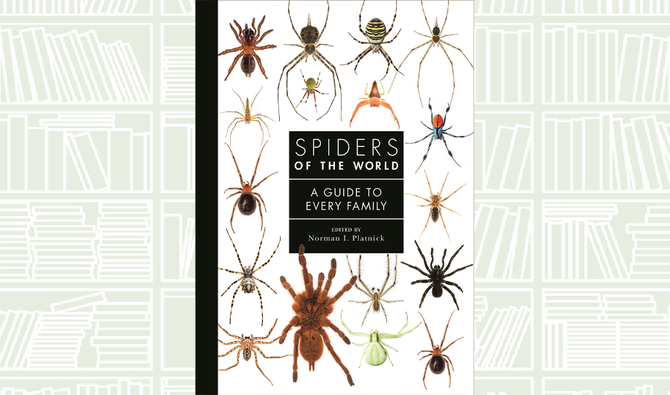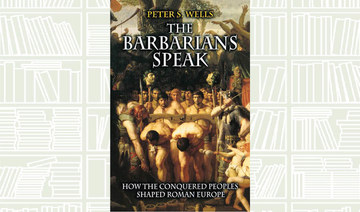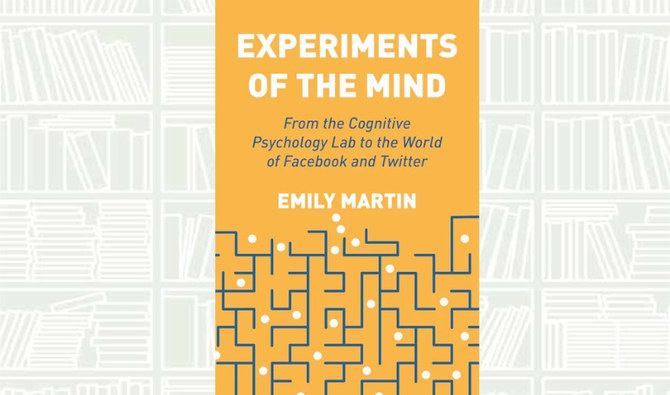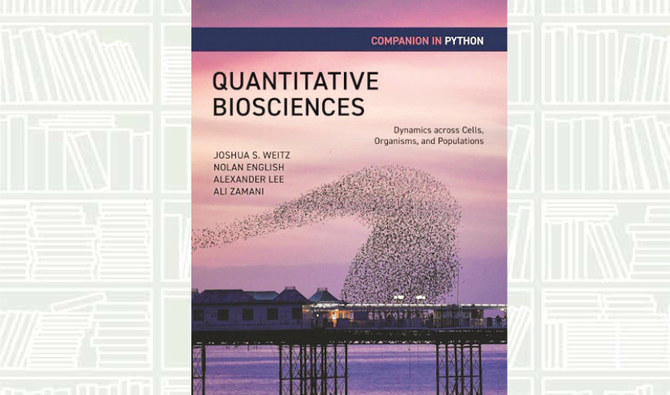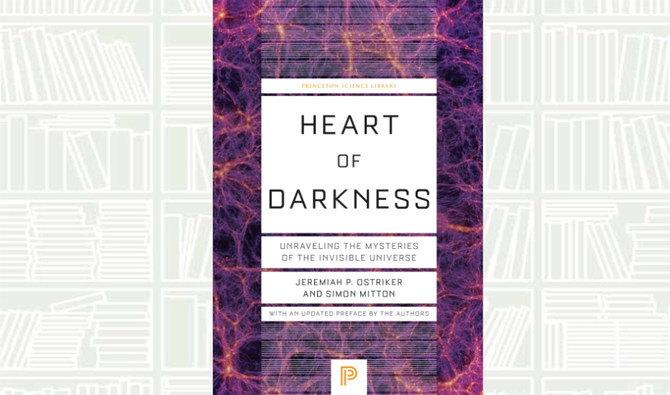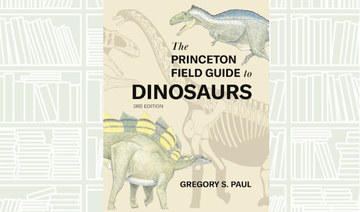Spiders are among the most versatile creatures on the planet, inhabiting six of the seven continents and thriving in environments ranging from deserts and rain forests to Arctic tundra and cities.
Spiders of the World is a captivating look at these wondrously adaptable and endlessly intriguing arachnids, written by six of the world’s leading experts on spiders, says a review on the Princeton University Press website.
This stunningly illustrated natural history features a wealth of spectacular color photos and covers a breathtaking array of spider species from around the globe, describing their behaviors, characteristics, and remarkable evolutionary adaptations.
An incisive and engaging introduction provides an invaluable overview of the world’s spiders, and is followed by in-depth profiles spanning more than 100 spider families and presented taxonomically.
Each profile is organized phylogenetically and includes beautiful photography to illustrate various species within the family. There are also distribution maps, tables of essential facts, and commentaries highlighting diverse aspects of spider biology.



